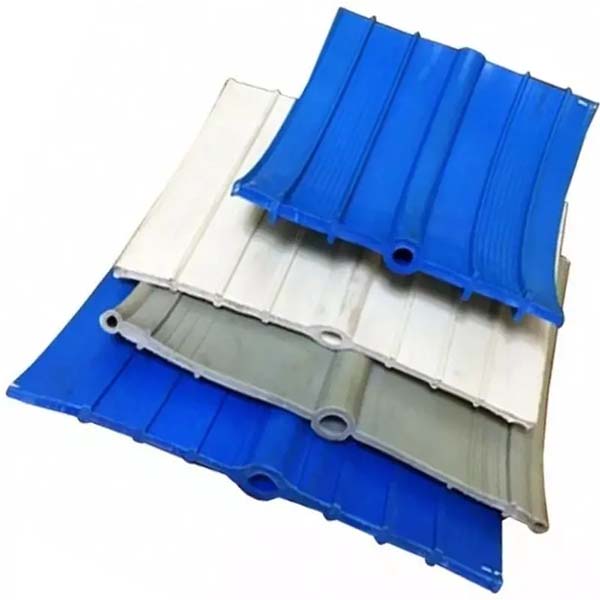Rubber waterstops are an important part of construction projects, especially structures that need to be waterproof. These flexible seals are designed to prevent water from passing through the joints of concrete structures, ensuring the integrity and longevity of the building. In this blog, we will explore the importance of rubber waterstops in construction and their role in maintaining the structural integrity of your building.
Water seepage is a common problem in construction and can cause serious damage to a building if not addressed. Rubber waterstops act as a barrier to prevent water from seeping through joints, expansion joints and construction joints in concrete structures. Waterstops help protect buildings from water damage, mold, and deterioration by effectively sealing these vulnerable areas.
One of the main advantages of using rubber waterstops is their flexibility. Unlike rigid materials, rubber waterstops can accommodate movement and settlement in concrete structures, making them ideal for areas prone to expansion and contraction. This flexibility ensures that the waterstop maintains a tight seal even as the building moves and settles over time.
In addition to flexibility, rubber waterstops are highly durable and corrosion-resistant, making them suitable for use in a variety of construction environments. Whether for underground foundations, water treatment plants or tunnels, rubber waterstops provide reliable protection against water penetration in a variety of construction applications.
Additionally, rubber waterstops are easy to install, making them a cost-effective solution for waterproofing concrete structures. Their simple installation process reduces labor costs and construction time, making them an attractive option for builders and contractors.
When selecting the appropriate rubber waterstop for a construction project, it is important to consider factors such as the type of joint, the expected movement of the structure, and the level of water pressure the waterstop will withstand. By choosing the right waterstop based on the specific requirements of the project, builders can ensure effective waterproofing and long-term water damage protection.
In summary, rubber waterstops play a vital role in maintaining the integrity of concrete structures by preventing water penetration. Their flexibility, durability and ease of installation make them an integral part of building projects where waterproofing is essential. By incorporating rubber waterstops into building designs, builders can ensure their structures remain waterproof and resilient for years to come.
Post time: Mar-18-2024



